Guangzhou – Kanton
by
Olfert Dapper
Detail
Date of first edition: 1665
Date of this map: 1665
Dimensions (not including margins): 28,2 x 36,2 cm
Condition: Excellent. Centre fold as published.
Condition rating: A+
From: Gedenckwaerdig bedrijf der Nederlandsche Oost-Indische Maetschappye, op de Kuste en in het Keizerrijk van Taising of Sina.
Price (without VAT, possibly to be added): €750,00 (FYI +/- $832,50 / £667,50)
Unless otherwise specifically stated on this map page, we charge the following expedition costs in euro (unfortunatelly, gone up with Covid, but still too low in reality!):
– Benelux: 40 euro
– Rest of Europe: 60 euro
– Rest of the World: 100 euro
In stock
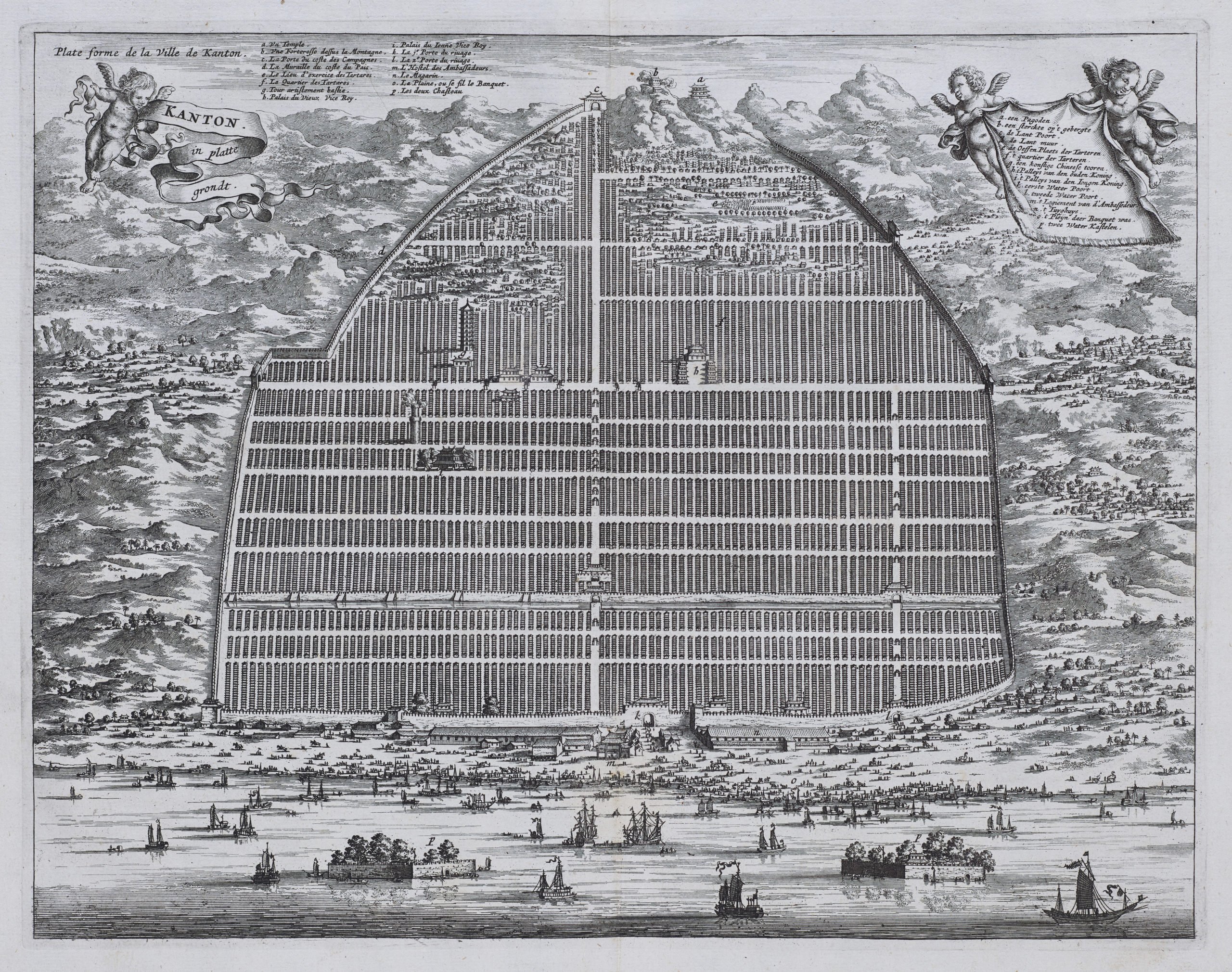
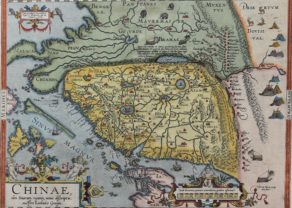

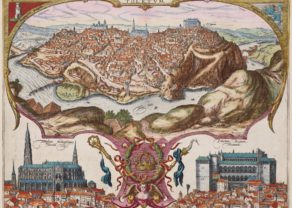
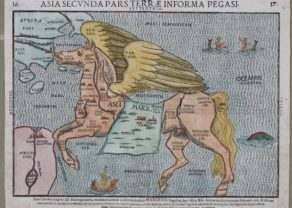
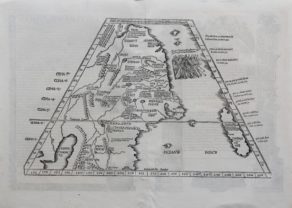
Dapper shows a bird’s-eye view of the city of Canton
From Olfert Dapper mission to China, 1662-1663. Printed by Jacob van Meurs, title of the book: Gedenckwaerdig bedrijf der Nederlandsche Oost-Indische Maetschappye, op de Kuste en in het Keizerrijk van Taising of Sina.
Jacob Meurs was an Amsterdam publisher, engraver and book-seller.
Guangzhou and the World: a few decades after 1665
The Qing became somewhat more open to foreign trade after gaining control of Taiwan in 1683. The Portuguese (who had already made contact in 1516) from Macao and Spaniards from Manilla returned, as did private Muslim, Armenian and English traders. From 1699 to 1714, the French and British East India Companies sent a ship or two each year; the (Austrian) Ostend General India Company arrived in 1717, the VOC in 1729, the Danish Asiatic Company in 1731, and the Swedish East India Company the next year. These were joined by the occasional Prussian and Trieste Companies. The first independent American ship arrived in 1784 and the first colonial Australian one in 1788.
By that time, Guangzhou was one of the world’s great ports, organised under the Canton System The main exports were tea and porcelain. As a meeting place of merchants from all over the world, Guangzhou became a major contributor to the rise of the modern global economy